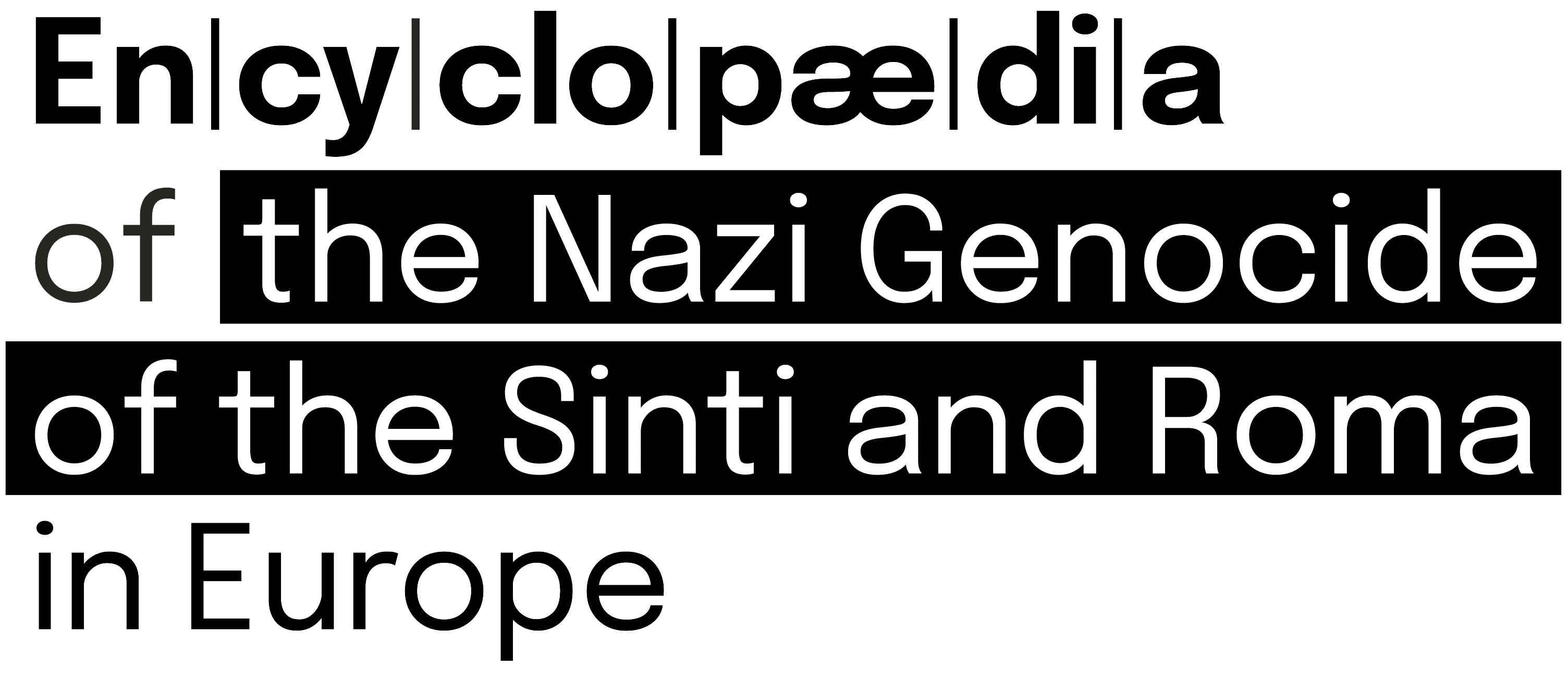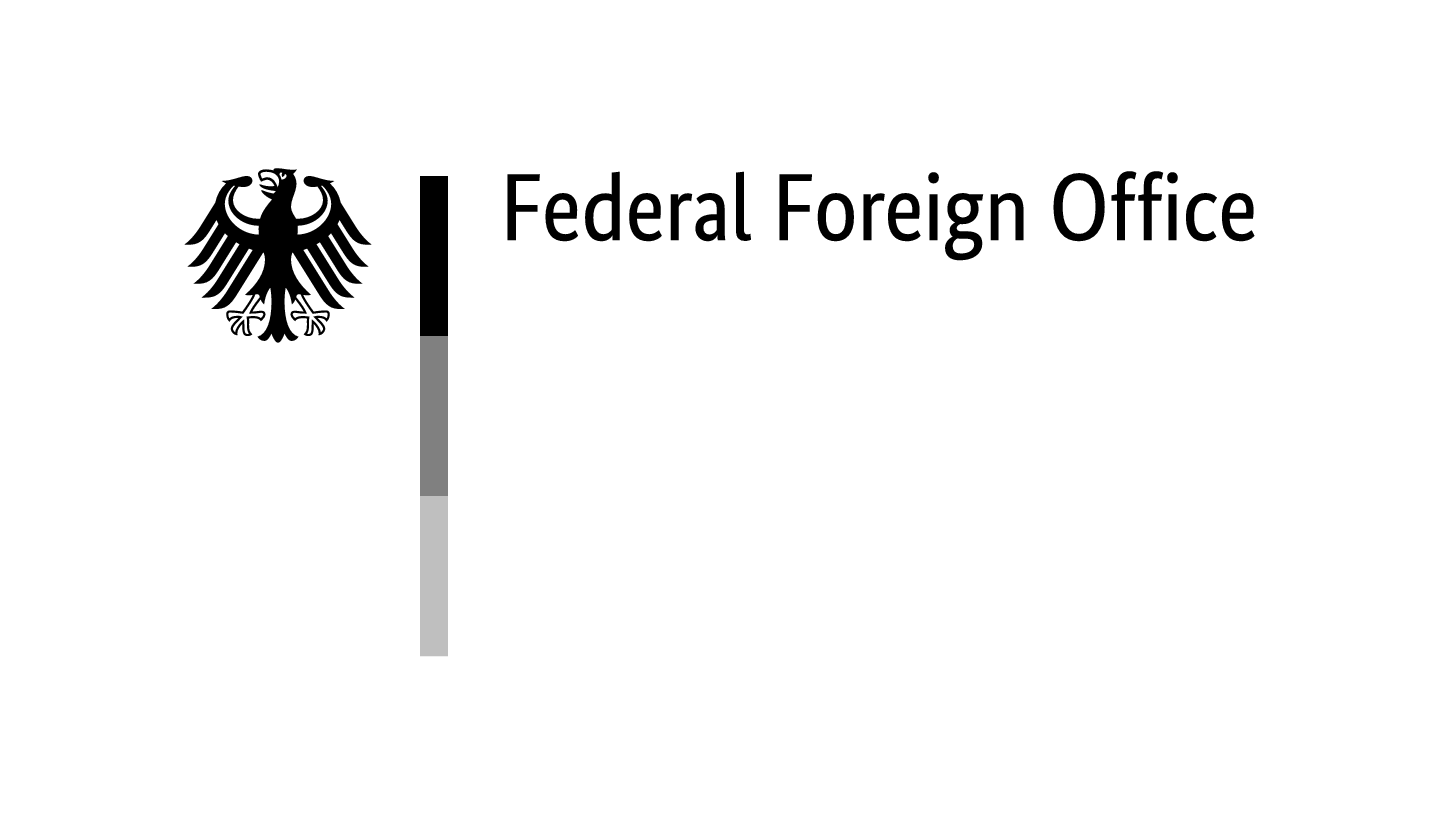The search for the victims of National Socialist persecution and the clarification of their fates was one of the major challenges facing the victorious Allied powers after the end of World War II. Millions of people, including tens of thousands of Sinti and Roma, were waiting for news about their deported partners, parents, children or siblings. At the same time, the liberated survivors were trying to contact their families and rejoin them.
To deal with this situation, the Allies initially set up decentralised search structures in 1945. From these, the International Tracing Service (ITS) emerged in 1948 in Arolsen in northern Hesse (Bad Arolsen from 1997), in what was then the American occupation zone of Germany, as a centralised tracing service for victims of Nazi persecution. As it quickly became clear that a large number of missing persons had been murdered, the search also focused on documents that contained information on the whereabouts of the victims and could be used to clarify their fate. In this way, the world’s largest archive on victims of Nazi persecution was created in Arolsen in the late 1940s, with more than 30 million documents, including material on deportations and internment in concentration camps and on the forced labour of foreigners in the German Reich, but also on the Allies’ management of liberated displaced persons.
As an organisation of the victorious Western Allied powers, the ITS positioned itself on the side of the victims. The director at the time, Hugh G. Elbot (1911–1989), explicitly included ‘Gypsies’1 Arolsen Archives, 6.1.1/82507501/ITS Digital Archive, manuscript of a speech by US ITS Director Hugh G. Elbot on the occasion of the inauguration of the new ITS headquarters building, 20 August 1952. in a speech in 1952. The ITS was unable to fulfil this claim for all victims in its work of providing information and collecting documents, because for a long time there was hardly any communication with and about victims of Nazi persecution on the other side of the ‘Iron Curtain’ in Central and Eastern Europe. When the General Treaty, in which the three Western Allies granted state sovereignty to the Federal Republic of Germany, came into force in 1955, a new home had to be found for the Tracing Service. As the ‘archives of horror’ (Elbot) were not to be returned to German hands, the International Committee of the Red Cross (ICRC) in Geneva took over the organisation. The ICRC provided the directors from 1955 (until 2012), while the Federal Republic of Germany has financed the institution ever since 1955.
Providing Information about Sinti and Roma
Even before this change of management, the tasks of the ITS changed in the early 1950s: The majority of enquiries and answers were now related not to the search for missing persons, but rather to the individual documentation of persecution in the form of incarceration and residence certificates, which were requested for pursuing compensation claims. While hundreds of thousands of political opponents of the Nazi regime and victims of the Holocaust were able to substantiate claims through the ITS information, the authorities in the West German states often regarded the archive holdings in Arolsen as ‘of great value […] also for rejecting applicants who had no entitlement to compensation’.2 Ibid., 11.26/5007-2, State Office for Restitution and Controlled Property Rhineland-Pfalz [Landesamt für Wiedergutmachung und kontrolliertes Vermögen Rheinland-Pfalz] to ITS, 9 May 1952.
The narrow definition of persecuted persons in the Compensation Act meant that those ‘not entitled’ included many Sinti and Roma whose internment in concentration camps was not deemed to have being racially motivated. In its certificates, the ITS always quoted verbatim from the documents that had been drawn up in the concentration camps, instead of explaining the language of these documents: ‘Category, or grounds for imprisonment: “Zig. ASO” (Gypsy, asocial)’.3 Ibid., 6.3.3.2/97644595/ITS Digital Archive, ITS certificate of incarceration for Rosa Mettbach, 24 May 1954. On this case, see also Borggräfe, Höschler and Panek, Ein Denkmal aus Papier, 95–101. In countless cases in the 1950s and 1960s, the information from Arolsen thus provided authorities and courts with the central argument against the claims of Sinti and Roma. Personal accounts of the persecution by the former internees and their relatives or protests against the attributions taken from the perpetrator documents could do little to counter the supposed objectivity of the certificates from Arolsen.
In the compensation proceedings in West German states, Sinti and Roma were also confronted with racism. They were generally accused of concealing the actual reasons for the persecution they had suffered, of submitting applications in several places at the same time or of trying to defraud the benefit system by changing their identity. In Württemberg-Baden and Bavaria, the state criminal investigation departments were even tasked with tracking down alleged cases of fraud from 1950 onwards. It was often the same criminal police structures and individuals who had previously carried out the deportations who now contacted the ITS to find out personal details about applicants.4 For example: Arolsen Archives, 6.3.3.2/89829422/ITS Digital Archive, State Office for Criminal Recognition Service and Police Statistics Württemberg-Baden [Landesamt für Kriminalerkennungsdienst und Polizeistatistik Württemberg-Baden], Dep. I/5 to ITS, 9 October 1951; ibid., 6.3.3.2/92262316/ITS Digital Archive, Central Office for Criminal Identification and Police Statistics of the State of Bavaria [Zentralamt für Kriminal-Identifizierung und Polizeistatistik des Landes Bayern], Dep. II/2 to ITS, 15 October 1952. Cf. also Margalit, Germany and Its Gypsies, 106–110. It is not known how much information the ITS provided. However, it is clear that these checks were not questioned in Arolsen. On the contrary, there is even at least one case where the ITS referred an applicant who had asked questions about the persecution history of the Sinti and Roma to the ‘experts’ of the ‘Gypsy Affairs Department’ at the Munich State Criminal Police.5 Arolsen Archives, 6.3.3.2/105851830/ITS Digital Archive, ITS to lawyer Hans-Jürgen Klemmt, 13 January 1961. I would like to thank the historian Sabine Moller for pointing out this case.
Temporary Closure
The provision of information for compensation proceedings in the Federal Republic of Germany dominated the work of the ITS until the end of the 1960s. The organisation then turned to new tasks and opened up to historical research and commemorative activities for the first time.
However, at the beginning of the 1980s, when the public debate about Nazi crimes really began and the persecution of Sinti and Roma and other ‘forgotten victims’ became a public issue, the management in Arolsen made a U-turn and closed the archive to research and the public. The background to this was complex—the ICRC’s self-image as a neutral humanitarian organisation played a role, as did the interests of the German government and strategic considerations when collecting further documents in view of the new importance of data protection. What is important in the present context is that research and remembrance were severely hampered for a quarter of a century by the blocking of central holdings on the history of the persecution of the Sinti and Roma.
It was only in the mid-2000s that public pressure succeeded in reopening the archive. Since then, the institution, which has been operating as the Arolsen Archives since 2019, has undergone a process of transformation from a closed research service to an open information centre. The majority of the more than 30 million documents are now freely accessible in an online archive.6 See https://collections.arolsen-archives.org.
Significance of Holdings
The archive holdings and information from the Arolsen Archives continue to be of great importance for family members. The importance of the archive for research lies in the fact that it opens up unique possibilities to research individuals across the holdings thanks to the indexing via a central name index. This includes more than 2.6 million tracing/documentation files with correspondence on individual victims of Nazi persecution since 1945, in which the ongoing discrimination and struggles for recognition of thousands of Sinti and Roma become visible.
On the other hand, the archive holdings, which include original documents on deportations and the prisoner files of various concentration camps as well as numerous copies of decrees and official correspondence from other archives, offer broad opportunities for topic- or location-based research on the persecution of Sinti and Roma in the German Reich and beyond. In this context, reference should be made to a collection of around 155,000 applications for compensation sent by the Romanian government to the Foreign Office in the 1970s, which has been preserved in Bad Arolsen. These include thousands of applications from Romanian Roma. Almost all the holdings of the Arolsen Archives have already been scanned and are progressively being catalogued. In the near future, it will therefore also be possible to carry out comparative studies with the help of the large data pool, for example on victims of the persecution campaigns in the German Reich in 1938, 1940 and 1943, on persecutees from different cities, regions and countries or on different age, gender or occupational groups. At the same time, the rapidly growing availability of digitised documents and data sets also poses new ethical challenges that call for further discussion.




